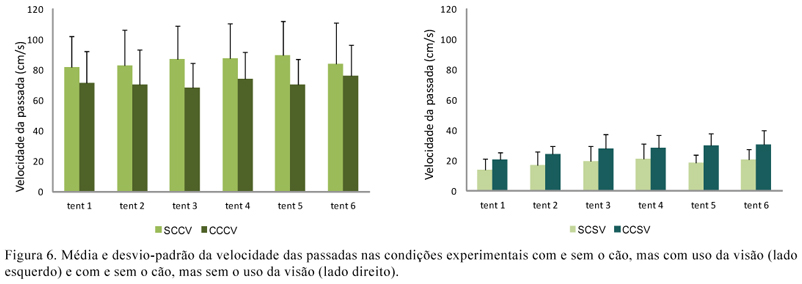The purpose of this study was to evaluate how walking a dog on a leash influenced haptic perception and stability during human locomotion. Fourteen adults, with and without sight restriction, walked on a narrow balance beam by themselves, or holding a leash attached to a dog that walked on a parallel narrow bench. The performance of participants who walked with the dog, but blindfolded, significantly (p < 0.05) improved as compared to the condition without the dog. Their locomotion performance was assessed via the duration of the total displacement on the balance beam, durations of the double support phase, swing phase, stepping cycle, stepping length, and linear velocity, as well as variability of the inter-limb relative phase. With vision, these parameters were not affected by the presence of the dog. We conclude that these adults were able to use the dog's leash to detect haptic properties in order to achieve postural control (e.g., stability in speed performance) while walking.
locomotion; animal assisted therapy; dog








